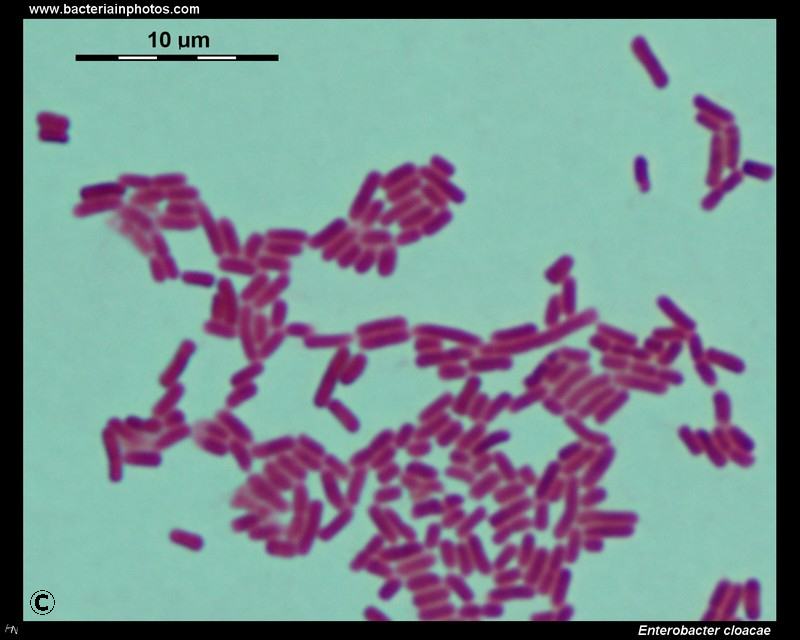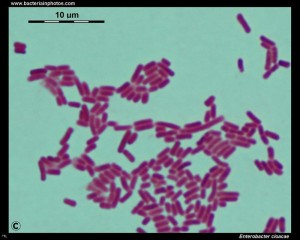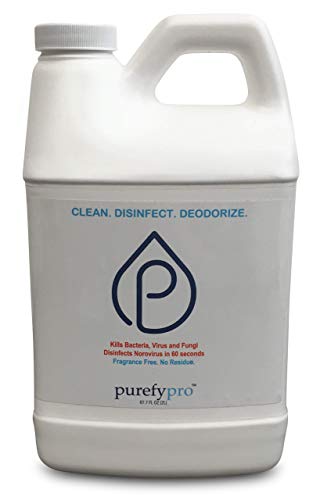Enterobacter Basics
Enterobacter is the genus name of a group of bacteria consisting of between 12 and 14 species that are known to potentially cause disease in humans, although other Enterobacter species (sp) certainly exist in the environment without causing any known infections in any other organism. Enterobacter species are generally members of what is known as the “normal flora” of the intestinal tract, those bacteria that exist harmlessly in our bowels. Enterobacter sp are also found in the environment is settings such as soil, water, and in some plants and trees.
Normal Bacteria
“Normal flora” species, such as Enterobacter normally behaves when isolated within the intestinal tract, can be important contributors to our overall health. They may help us digest our food, extract nutrients from food, and contribute to normal bowel movement and function. These types of bacteria may also help protect us from harmful infections by crowding out harmful bacteria, denying them a foothold in the bowel and restricting available nutrients.
Antibiotic Basics
The overuse and misuse of antibiotics threatens these “normal flora” and can actually contribute to illness as much or even more as they help us fight infection. You must never take antibiotics not prescribed to you, and you should not purchase such drugs over the Internet. You must also be sure to finish any antibiotics you are prescribed even if you feel better before they run out. But also encourage your doctor to be sparing in the use of these drugs in yourself and your children. It is important to be certain that the cause of your illness is actually bacterial, not viral, as antibiotics are useless against viral infections.
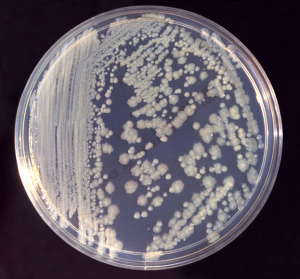
Pathogenic Enterobacter
Unfortuantely, Enterobacter sp certainly can cause serious infections and disease. Most commonly these bacteria cause infections of the urinary tract, the respiratory system and sometimes systemic blood-borne sepsis infections. Enterobacter sp can also infect other body sites, such as surgical wounds, provided there is a means of entry into the body. The vast majority of infections caused by Enterobacter sp are caused by either Enterobacter aerogenes or Enterobacter cloacae. The distinctions between these two species are a matter of academic, epidemiological and potentially clinical significance, but these differences are not generally relevant to the community audience.
Significant infections with members of the Enterobacter sp are much more common in individuals with either indwelling urinary or venous catheters as these provide a direct route of infection. Enterobacter sp ranks among the most common, often in the top 5, causes of hospital-acquired, so-called nosocomial, infections, including among those being cared for in long-term care facilities. Infections caused by Enterobacter sp are especially common among those with weakened immune systems. Such weakening of the immune system can result from other illnesses, medications used to treat diseases such as cancer, or from advanced age.
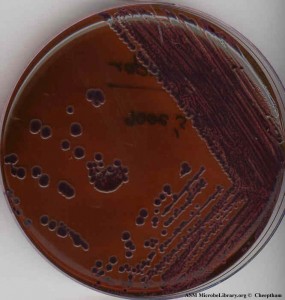
Antibiotic Resistance and Testing
Unfortunately, while infections with Enterobacter sp used to be relatively easy to treat with modern antibiotics, these bacteria are among those who have developed new methods of resistance that can render even the most advanced and recent antibiotics ineffective. The majority of Enterobacter sp infections remain treatable but the trend of spreading resistance is troubling to those in the infectious disease field and should be of concern to members of the general public because in the past, as demonstrated most notably in the case of methicillin-resistant Staphylococcus aureus (MRSA), these infections can move from the hospital and other health-care facilities into the community, potentially infecting otherwise healthy people. This is why it is essential to heed advice about the misuse of antibiotics and it is also why accurate and timely microbiological testing is essential. Such testing will detect Enterobacter sp if present, any antibiotic resistance that may be present, and will furthermore provide the treating physician with information identifying effective treatment options.
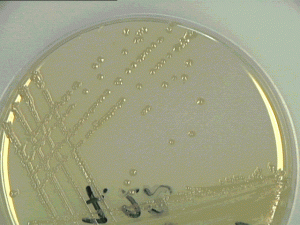
Control and Elimination
While it is rare for the Enterobacter sp to cause disease due to environmental contact (most infections occur in the healthcare setting due to contaminated devices and/or personnel), these bacteria can indicate unresolved contamination with fecal, respiratory, urinary, or bloody material which it is essential to eliminate in settings such as hospitals and nursing facilities. Other environments, such as schools, gyms, and even homes, may wish to control such contamination as well. Despite the potential resistance to antibiotics, it is easy to control Enterobacter contamination in most environments with Mold-Stat Plus. MoldStat Plus is an EPA-registered disinfectant demonstrated as effective against Enterobacter sp bacteria in exhaustive laboratory testing designed to mimic common usage environments. Testing was conducted specifically against both E. aerogenes and E. cloacae, the two species most commonly associated with human disease.
